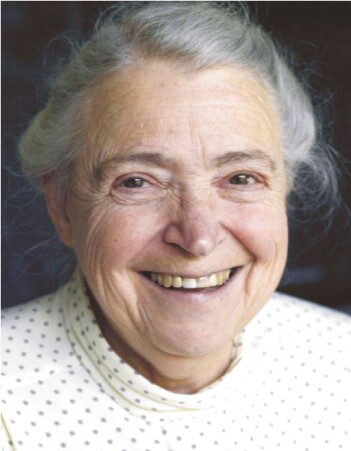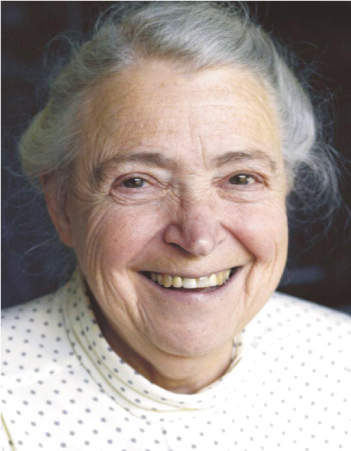Dresselhaus to Head AIP Board
DOI: 10.1063/1.1564358
At its meeting next month, the American Institute of Physics governing board expects to formally ratify the selection of Mildred Dresselhaus as its chair, with her five-year term beginning at the close of that meeting. Dresselhaus, Institute Professor of Electrical Engineering and Physics at MIT, will succeed John Armstrong. Armstrong said he has enjoyed his term and expects to remain involved with science and technology policy issues, but in a smaller role.
Dresselhaus brings a wealth of experience to AIP She directed the US Department of Energy’s Office of Science (2000–01) and has been president of the American Association for the Advancement of Science (1997–98) and of the American Physical Society (1984–85). A member of the National Academy of Engineering and the National Academy of Sciences, she was treasurer of NAS from 1992 to 1996. Dresselhaus has been on the MIT faculty for more than 35 years. Her research interests started out in experimental solid-state physics; more recently, she has been heavily involved in nanoscience and nanotechnology. She is also well-known for mentoring and creating opportunities for women in science and engineering.
“I see my service as chairman of the AIP board as an opportunity to help member societies of the American Institute of Physics provide the infrastructure that promotes world-class research, education, and collaborative activities across disciplines,” said Dresselhaus. “I am hoping that my experience in government will help in gaining public understanding and support for our research and educational activities. My strong research background and current research involvement will help me to give focus to providing the maximum possible support to the promulgation of scientific publications to the benefit of the research community in a fiscally responsible way.” She added that she plans to use her extensive academic experience to “facilitate programs in the member societies in support of the education of the next generation of scientists, for undergraduates, graduate students, and postdocs as they enter into fruitful and satisfying careers, while paying proper attention to ‘pipeline’ and ‘diversity’ issues.”
The AIP board consists of 40 individuals including the chair, CEO of AIP, secretary of AIP, and representatives selected by either the member societies or the governing board. Dresselhaus was recommended by a committee headed by Christopher Marshall, a medical physicist and director of radiation safety at the New York University Medical Center. Fellow committee members were Lawrence Cram (University of Washington–Seattle), Jerome Friedman (MIT), Robert Hilborn (Amherst College), Leonard Kuhi (University of Minnesota, Twin Cities), and Myriam Sarachik (City College of the City University of New York).
Dresselhaus “brings experience in society affairs, having served in leadership positions in [scientific] societies … as well as high-level positions in government and academic circles,” said Marc Brodsky, executive director and CEO of AIP. “I look forward to working with her to continue to increase the effectiveness of AIP in serving its 10 member societies and their 125 000 individual members.”
Born in Brooklyn, New York, in 1930, Dresselhaus graduated from Hunter College in New York City in 1951 with a BA in physics and was a Fulbright fellow in the Cavendish Laboratory at Cambridge University from 1951 to 1952. On returning to the US, she earned her MA in physics in 1953 from Radcliffe College. After receiving her PhD in physics from the University of Chicago in 1958, she was an NSF-sponsored postdoctoral fellow at Cornell University before joining MIT in 1960.

DONNA COVENEY/MIT





